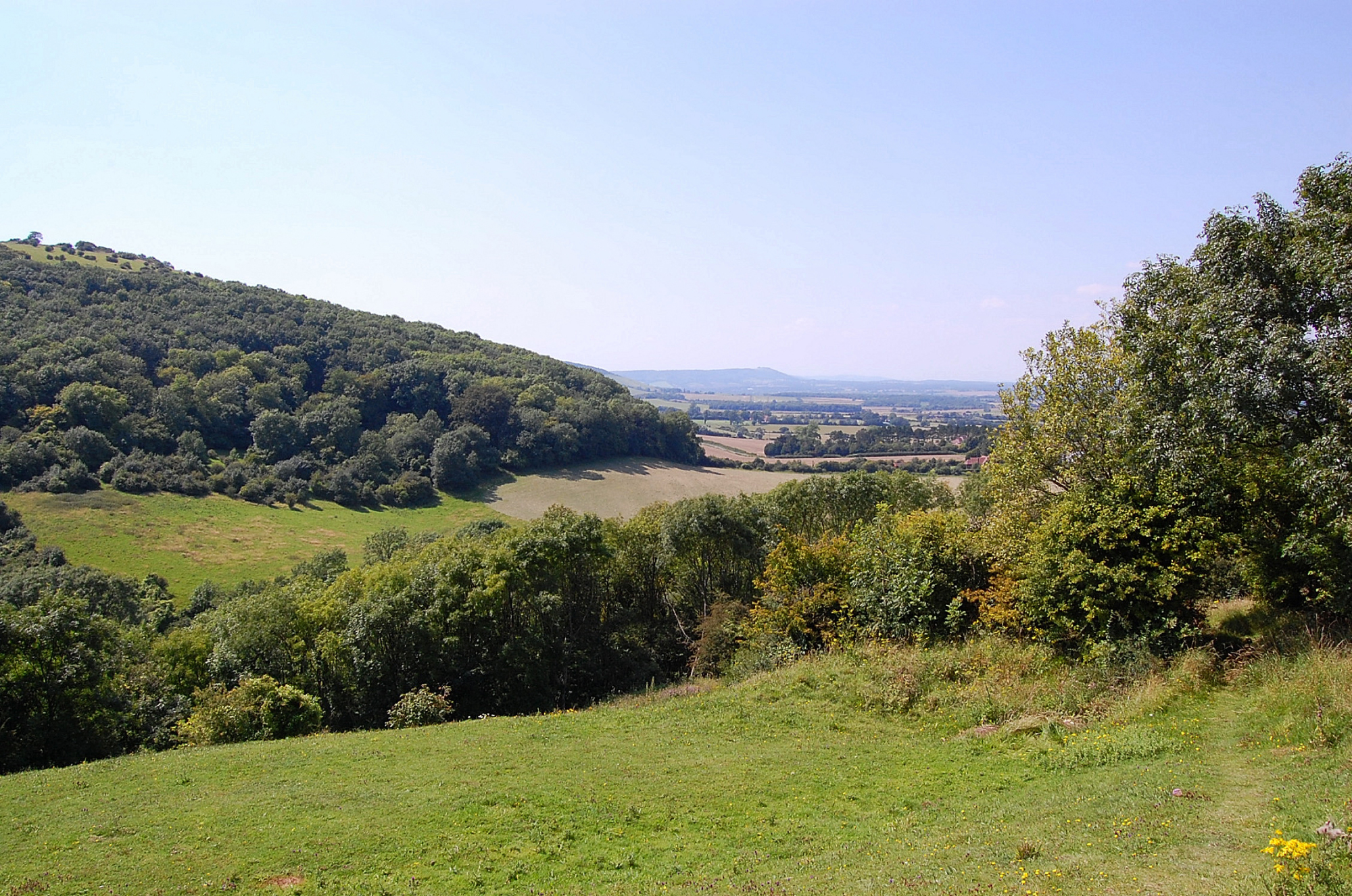
1. What is a Community Land Trust (CLT)?
A CLT is a not-for-profit, community-based organisation run by volunteers to develop housing, workspaces or other assets to address local needs. It is defined by statute in Section 79 of the Housing and Regeneration Act 2008 – which states that:
(i) A CLT must be established as a not-for-profit organisation with a membership that is open to all who live and work in a community. The members must also own and control the organisation;
(ii) A CLT must be established for the express purpose of furthering the social, economic and environmental interests of a local community;
(iii) The land and property assets of a CLT must be used to provide a benefit to a local community and must be protected in the long-term by a legal asset-lock.
2. Why do people set up a CLT?
The most common reason is a need for affordable homes for local people who cannot afford open market housing. CLTs are set up as they provide a vehicle for communities themselves to lead on all aspects of the delivery of such local needs homes including the type, tenure, location, design and affordability.
Another is the need for or an opportunity to acquire a local public asset – such as purchasing the local pub when it is about to close, or setting up a community shop.
For some, it is the next logical step after the Neighbourhood Plan process.
3. How do you define your local community?
It is up to the founding members of the CLT to determine what community the trust will seek to serve. Usually it relates to a defined geographical area in which people live and work.
This often relates to a parish / town council boundary, but can also apply to a neighbourhood.
4. How can we ensure that the housing developed / acquired is affordable?
In order to provide housing that is truly affordable (for those people who cannot pay market values) there has to be some form of subsidy for the initial acquisition / development.
This usually comes in the form of either free land / buildings, financial grants from central or local government, donations from charities or benefactors or through financial cross-subsidy (such as income from the development of homes for open market sale or rent).
The ‘asset lock’ achieved through the legal form of a CLT helps ensure local control and influence over future charges to residents as well as how that asset is made use of over time.
5. What type of homes can community led schemes provide?
Homes can be provided to meet a range of needs – single people, couples, families and older people. Many developments also produce an indirect benefit to the community – such as an elderly person downsizing to more appropriate accommodation, freeing up a larger family home in the process.
Schemes can provide a range of housing for rent and part ownership (shared ownership / shared equity) – driven by what the housing needs are locally.
In cohousing schemes households have self-contained homes as well as sharing community space.
Households living in cooperative housing may rent or own and manage their homes.
Affordable home self builders / custom builders – either for rent or sale, usually work as a small group organising and often undertaking a significant part of the construction work.
A further variation on this is homes for rent or part sale involving a self- finish element to help reduce costs.
6. What other forms of community led housing are there?
Whilst CLTs are currently the fastest growing form of community led housing, there are a number of other forms – which can be delivered through a CLT. These are primarily…
Cohousing
UK Cohousing Network – go to website
Defines this as:
Cohousing communities are intentional communities, created and run by their residents. Each household has a self-contained, private home as well as shared community space. Residents come together to manage their community, share activities, and regularly eat together.
Cohousing is a way of resolving the isolation many people experience today, recreating the neighbourly support of the past. This can happen anywhere, in your street or starting a new community using empty homes or building new.
Cohousing communities can be inter-generational, welcoming anyone of any age and any family structure, or specifically to cater for people who are older or are communities of common interest, for example for women or LGBT groups.
Cooperative Housing
The Confederation of Cooperative Housing – go to website
Defines this as:
- A co-operative and mutual housing scheme has a community membership where those who live in homes developed are required or are encouraged to become members – in some cases – alongside other local community members
- That community membership is able to democratically control the housing organisation in some way through general meetings of the organisation
Co-operative and mutual housing organisations:
- may own (either through freehold or leasehold) and/or manage their homes
- may be small or large
- may have a variety of different methods of achieving their objectives
Self Build
The National Custom and Self Build Association (NaCSBA) – go to website
Defines this as:
- Projects where someone directly organises the design and construction of their new home.
- This covers quite a wide range of projects. The most obvious example is a traditional ‘DIY self-build’ home, where the self-builder selects the design they want and then does much of the actual construction work themselves. But self-build also includes projects where the self- builder arranges for an architect/contractor to build their home for them; and those projects that are delivered by kit home companies (where the self-builder still has to find the plot, arrange for the slab to be installed and then has to organise the kit home company to build the property for them).
- Many community-led projects are defined as self builds too – as the members of the community often do all the organising and often quite a bit of the construction work.
- Some people have summarised self-build homes as those where people roll their sleeves up and get their hands dirty by organising or doing the physical work themselves.
These forms of housing are more prevalent in Europe and other parts of the world and provide additional options for meeting housing need and wider social benefit.
7. Can the homes be retained in local ownership?
Community led housing in the form of CLTs hold their assets in perpetuity through a legal ‘asset lock’. This ensures that assets can only be sold or developed in a manner which benefits the local community. So if a home is sold the cash realised is protected by the ‘asset lock’ so that it can be re-invested into something else that the trust’s members think will benefit the local community.
Other forms of community ownership are potentially more vulnerable to future changes in legislation – such as the Right to Buy.
The vast majority of CLTs are not Registered Providers with the Regulator for Social Housing and are therefore not affected by the Right to Buy.
For CLT’s working in partnership with Registered Providers, a clause can be included in the lease requiring the Registered Provider to seek the agreement of the CLT before agreeing to any Voluntary Right To Buy sales. It is also possible for a covenant to be included in the Deed of Sales of the land that requires that the land is only used for the provision of affordable housing.
8. How are CLTs run?
CLTs are locally managed, controlled and democratically accountable. They have a membership that is open to all who live or work in the defined community.
Members elect a volunteer board to run the trust on their behalf on a day to day basis. The board will normally include a range of skills / experience drawn from local residents, tenants, employers, parish / town / local council representatives and potentially landowners.
The degree to which the board and members are involved in the day to day management of the properties will vary according to local circumstances. Some CLTs have benefited from partnering with housing associations to develop and/or manage their homes. Local authority or private sector agents can also provide housing management services.
We can advise you on who might be a good local partner and how best to structure the relationship.
CLT volunteers’ time is limited and the organisation can be complex to run, particularly the development process and longer term property management. The Sussex Community Housing Hub can provide a range of advice and support to help – including developing the capacity of trusts to manage their own affairs independently.
In addition, the Community Land Trust Network provides online guidance, signposting and learning opportunities at regional and national seminars and workshops.
9. How does a community led group get hold of land?
Land can be acquired in a number of ways:
- Purchase of land on the open market – at or below development market value
- Rural exception sites at a little more than agricultural value
- Free or cheap land from a local, town or parish council
- Local charities and trusts surplus land
- Landowners prepared to dispose of a small area of land for local benefit
- Land / buildings provided by a developer as part of their planning obligations under Section 106 of the Town and Country Planning Act 1990 (as amended)
Both the Local Plan and Neighbourhood Plans can play a key influencing role in identifying and prioritising land for community led housing development.
Local land owners can be persuaded by the principles of community asset ownership and be prepared to support schemes that are for direct local benefit.
10. How can we fund a community led housing initiative?
There are a range of funding sources that may be able to assist with organisational set up and pre development costs – for example business planning, governance, consultation and design.
Depending on the nature of the community organisation and any local eligibility criteria funders apply, sources include:
- Local authority funding – including the Community Housing Fund
- Parish / Town Councils
- Community supporters
- Charitable trusts
- Crowd funding
Similarly there are a wide range of potential funding streams for development – depending on the nature of the funding required (i.e. grants or loans), the legal form of the community organisation and the type of homes being developed.
- Ethical Banks – such as Triodos Bank / Charity Bank
- Local authority funding – including the Community Housing Fund
- Planning gain
- Homes England
- Local community via share issues or bonds or other fundraising initiatives.
For the Community Land Trust Network Jargon Buster – go to website

